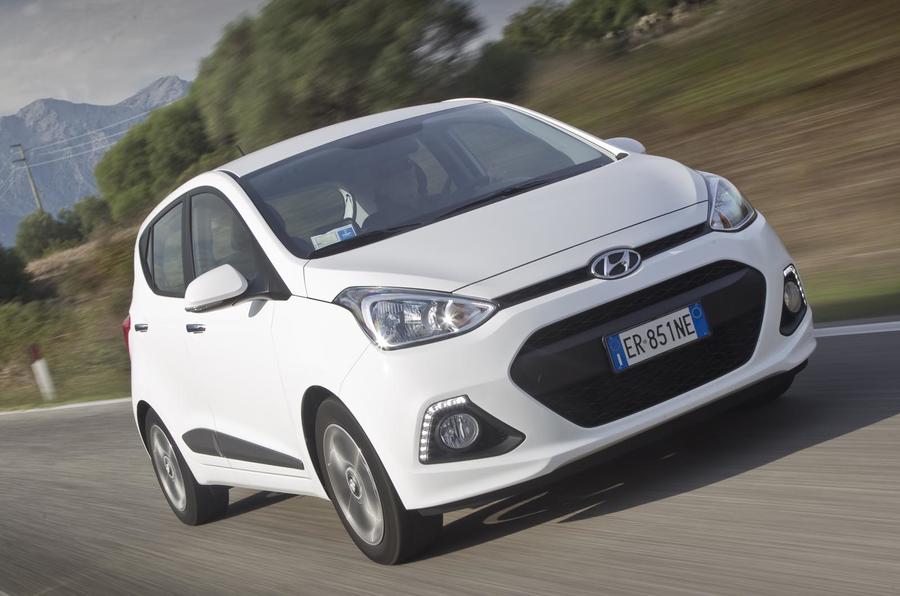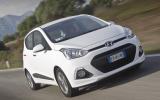What is it?
The new Hyundai i10 is the successor to a city car that has played an important role in the Korean manufacturer’s growth over the past half a decade.
During the life of the current i10, which has been on sale for five years and in turn replaced the Atoz introduced in 1999, Hyundai’s market share in Europe’s competitive A-segment has grown from 3.3 per cent to 5.6 per cent.
The i10 is currently Hyundai’s biggest seller in the UK and accounted for nearly one-third of the firm’s 74,000 sales last year.
However, Hyundai believes there are more conquests to be had. Industry analysts predict the city car category could grow by 25 per cent to 1.6 million units by 2016, which makes it vital for Hyundai’s i10 to remain competitive and contemporary against a glut of talented rivals such as the Volkswagen Up (not to mention equivalents from Seat and Skoda) and Fiat Panda.
Hence the arrival of this new i10 – which will go on sale in the UK as a five-door only – is predicted to capture 6.4 per cent of the European city car market in 2014, its first full year on sale.
The Hyundai i10’s price will start from £8345, narrowly undercutting the entry-level five-door VW Up’s list price of £8560, and on a par with the Up’s sibling, the Skoda Citigo.
Two petrol engine variants are available, a 1.0-litre and a 1.2-litre petrol, and three trim levels: S, SE and Premium.
Here we sample the i10 in Premium 1.0 equipped with a manual gearbox. In the UK the smaller-capacity engine is expected to account for about 60 per cent of i10 sales, with the majority of buyers opting for well-specified cars.
The derivative we tested costs £9995, and adds 14in alloys, Bluetooth connectivity with voice recognition, a multi-function steering wheel, LED daytime running lights, front fog lamps, rear audio speakers and door mirror indicators to the i10’s fairly healthy standard specification. Satnav isn’t included as standard equipment on any of the trim levels.























Join the debate
Add your comment
Augh - the styling
Why do Hyundais always look like they have already been in an accident?
i5 please
Our current i10 is a cracking little car - reminds me of the original Mini in the way it sounds and handles. Well made and no obvious short cuts such as not painting = colour coating the engine compartment, unlike some of its competitors.
A narrow tall car is very useful in country lanes/towns and by going upmarket/bloating they are leaving a significant market gap.
Another copy-cat Hyundai
While Kia is able to produce handsome, unique designs, Hyundai still seem to feel the need to be derivative and steal styling cues from other companies, therefore making their products feel like they're not quite the genuine article.